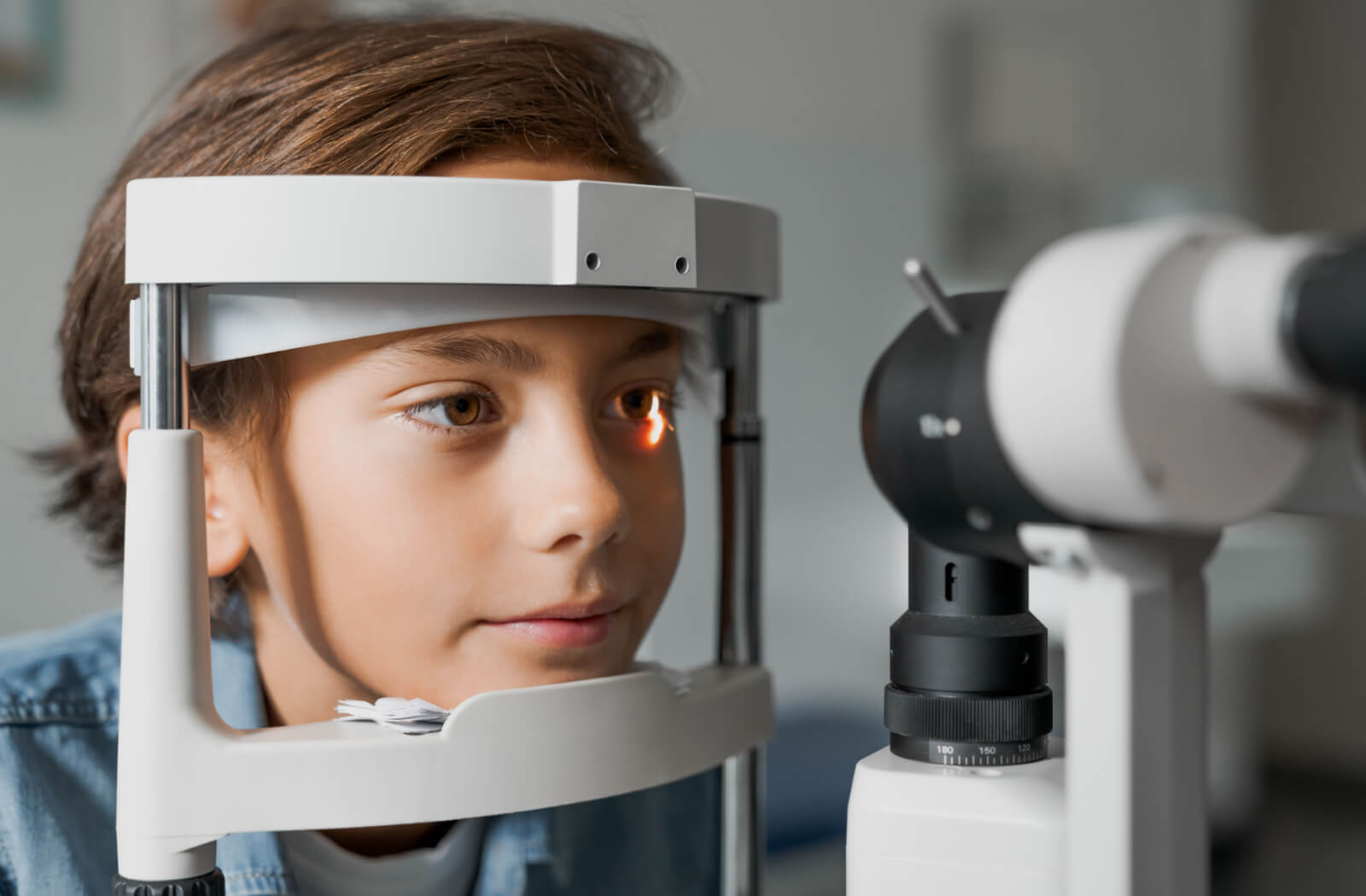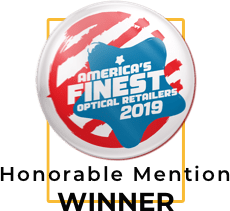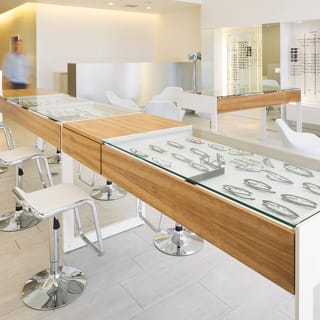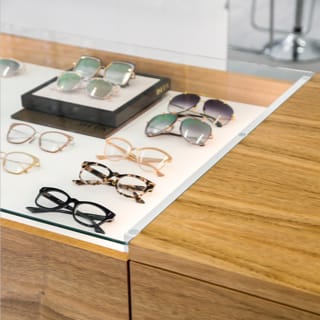In recent years, myopia in children has become increasingly common. Experts are not entirely sure why, although they think it could be due to the rise of digital technology and changing lifestyles. If your child is diagnosed, you have lots to consider, but you are definitely not in this alone!
Myopia, or nearsightedness, is a vision condition, where objects far away appear blurry. While there is no cure for myopia, there are preventive measures that parents can take that may slow its progression. Myopia management strategies, such as MiSight® 1-Day dual-focus therapeutic contact lenses, multifocal contacts, orthokeratology, atropine drops, and healthy habits, can slow myopia from worsening.
What Is Myopia?
The human eye is an intricate system of precise structures that all work together to give you clear vision — or at least they should. Your eyes are like your brain’s cameras, and the layer of photoreactive cells at the back, called the retina, is its sensor, which sends the data to the brain. Before reaching the retina, light passes through the clear, dome-like structure at the front of the eye, the cornea, and then the crystalline lens.
In the case of children with myopia, there is a twist in the story. Light does not land on their retina as it should and instead focuses just in front of it. The result? Distant objects appear blurry, while near objects remain sharp. This can happen in two ways:
- Their eyes have grown too long.
- Their corneas are too curved.
Children’s eyes keep growing as they age, meaning their myopia can worsen. That is where eye care professionals can step in with myopia management to guide the eyes away from excessive lengthening and preserve clear vision.
Spotting Myopia Signs
The first step in preventing myopia from worsening is recognizing it, which may be difficult! Your kids only know their own vision and may not realize that everyone else sees things differently. So keep talking to your child and watch for these signs, which may point to the possibility that they are living with myopia:
- Complaints of eye discomfort, fatigue, or headaches
- Excessive blinking or eye rubbing
- Squinting
- Difficulty seeing the board at school
- Holding reading materials close to the face
- Lack of focus
- Covering one eye or tilting the head to one side to read
Many of these vision problems may first show up during school, as we use many different visual skills while learning. In fact, misdiagnosed learning difficulties, such as from attention deficit hyperactivity disorder (ADHD), could actually be due to a vision problem. Kids may prefer to move around, or they may come off as distractible, when the truth is that they simply cannot see what other people can.
Refractive errors like myopia typically stabilize around the age of 20, but until then, their myopia could worsen and eventually become high myopia. Higher levels of myopia can increase a person’s risk of developing serious eye conditions, such as:
- Glaucoma
- Cataracts
- Retinal detachment
- Macular degeneration
This makes uncovering myopia and starting treatment early vital to your child’s future health. Pumping the brakes on myopia before it progresses too far can translate to better vision in adult life.
That is why the American Optometric Association recommends school-aged children get an eye exam every year!
Myopia Management
Now we know why preventing myopia from worsening is important, but how do we do it? With myopia management from a qualified optometrist!
MiSight® 1-Day Dual Focus Therapeutic Contact Lenses
MiSight is a breakthrough technology that uses therapeutic contact lenses to slow myopia progression in children. These lenses have a unique dual-focus design for both clear distance and near vision. They work by slightly changing the way light enters the eye, causing them to be focused in front of the peripheral retina, the sensory layer at the back of the eye.
MiSight lenses slow the growth of the eye, and with less elongation, the eye becomes less nearsighted. Studies have shown that children who use MiSight contacts had a 59% reduction in myopia progression compared to those who did not wear the contacts. It is a great way to slow myopia progression, while experiencing the benefits of using contact lenses.
Multifocal Contact Lenses
Multifocal contact lenses are another option for children with myopia. These contacts are similar to MiSight contacts by having multiple prescriptions in them. By providing multiple focal points, these contacts allow wearers to have clear vision at various distances, while triggering the natural function that tells your eye to slow down growth.
Multifocal contacts have been shown to slow myopia progression in children up to 43%.
Orthokeratology
Orthokeratology, or ortho-k for short, is a non-surgical approach to myopia correction that involves wearing special contact lenses overnight. These lenses are designed to temporarily reshape the cornea, which can allow the eye to focus more accurately until returning to its usual shape.
Ortho-k works well for kids who are interested in something other than wearing contact lenses during the day, such as playing sports. Studies have shown that it can slow the progression of myopia up to 50%.
Atropine Therapy
Atropine is a medication that has been safely used in eye care for decades. In low doses, it has been shown to be effective in slowing myopia progression, while only mildly causing pupillary dilation and eye muscle focusing relaxation. Through a mechanism still being studied, involving volume and signaling changes in the layer behind the sensory retina, it slows eye elongation. Studies have shown a reduction of around 60% in myopia progression with low-dose atropine therapy.

Healthy Eye & Visual Habits
You can start pushing back against myopia right from home. Here are some lifestyle changes that could help either reduce their risk of becoming myopic or progressing faster if already myopic:
- Spend more time outside.
- Reduce digital screen time and take regular breaks using the 20-20-20 Rule.
- Keep their prescription lenses up-to-date.
- Schedule regular eye exams.
Explore Myopia Management for Your Child
You have so much control over your child’s future eye health, so take the right steps today! Eye Love Optometry offers myopia management plans that can slow myopia progression and potentially preserve more of your child’s precious sight. Book their next appointment today.
















